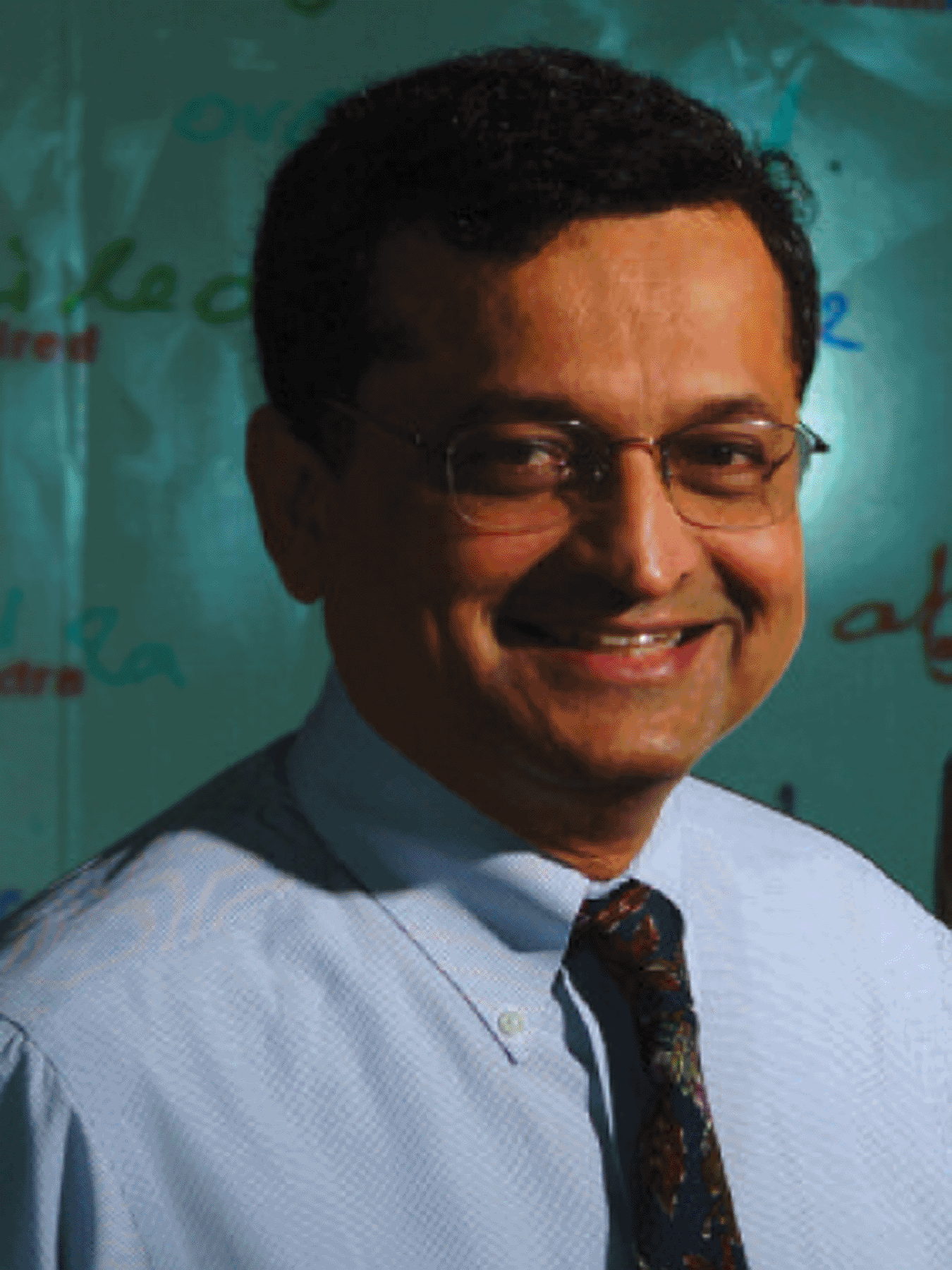Director's Message

Sargur N. Srihari
Director, CEDAR
Despite the growth of electronic preparation, storage and transmission of documents, paper-based documents continue to be of value to people. The historical importance of documents and writing in civilization is well-documented. It is sometimes said that civilization as we know it would not have been possible without the invention of printing.
Today paper documents have been replaced to a certain extent by "born digital" documents. Yet we still find comfort in reading newspapers and books printed in paper. Hard-copy material continues to be generated and distributed by mail delivery services.
Paper documents can have content that is printed, handwritten, or both. Simple examples of handwritten documents are postal envelopes with handwritten addresses, handwritten bank checks, and doctor's prescriptions. Mixed documents are office correspondence, student answer sheets not only in schools but also colleges, medical patient records, etc. Perhaps the reason that paper persists in this digital age is due to its being a natural means of recording and communicating information. It has also shown itself to be preservable over hundreds of years. Another factor is that as a natural means of communication handwriting is next only to speech in its availability to people.
The task that interests us in CEDAR is the machine interpretation of complex documents particularly those that are handwritten. The handwriting task of interest to us is the more natural writing using ordinary pen and paper rather than writing on digitizing tablets such as PDAs.
We are developing methods and applications of pattern recognition, machine learning, information retrieval, data mining and computational linguistics. These find application not only in the interpretation of documents but also in areas such as biometrics. By documents, we mean scanned paper images containing textual and graphical matter as well as textual matter already in computer readable form.
Examples of biometrics that find a need for such methods are friction ridge print analysis (e.g., fingerprint identification).